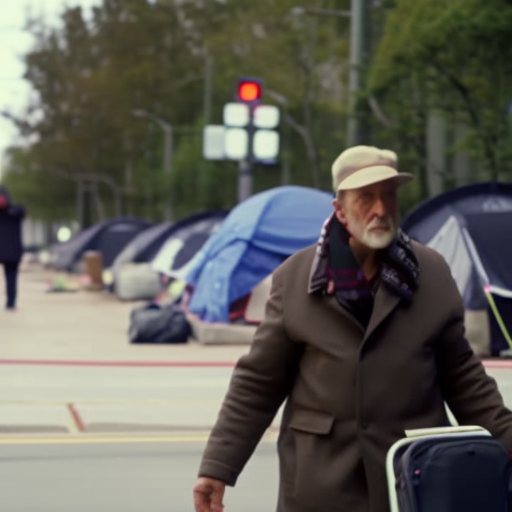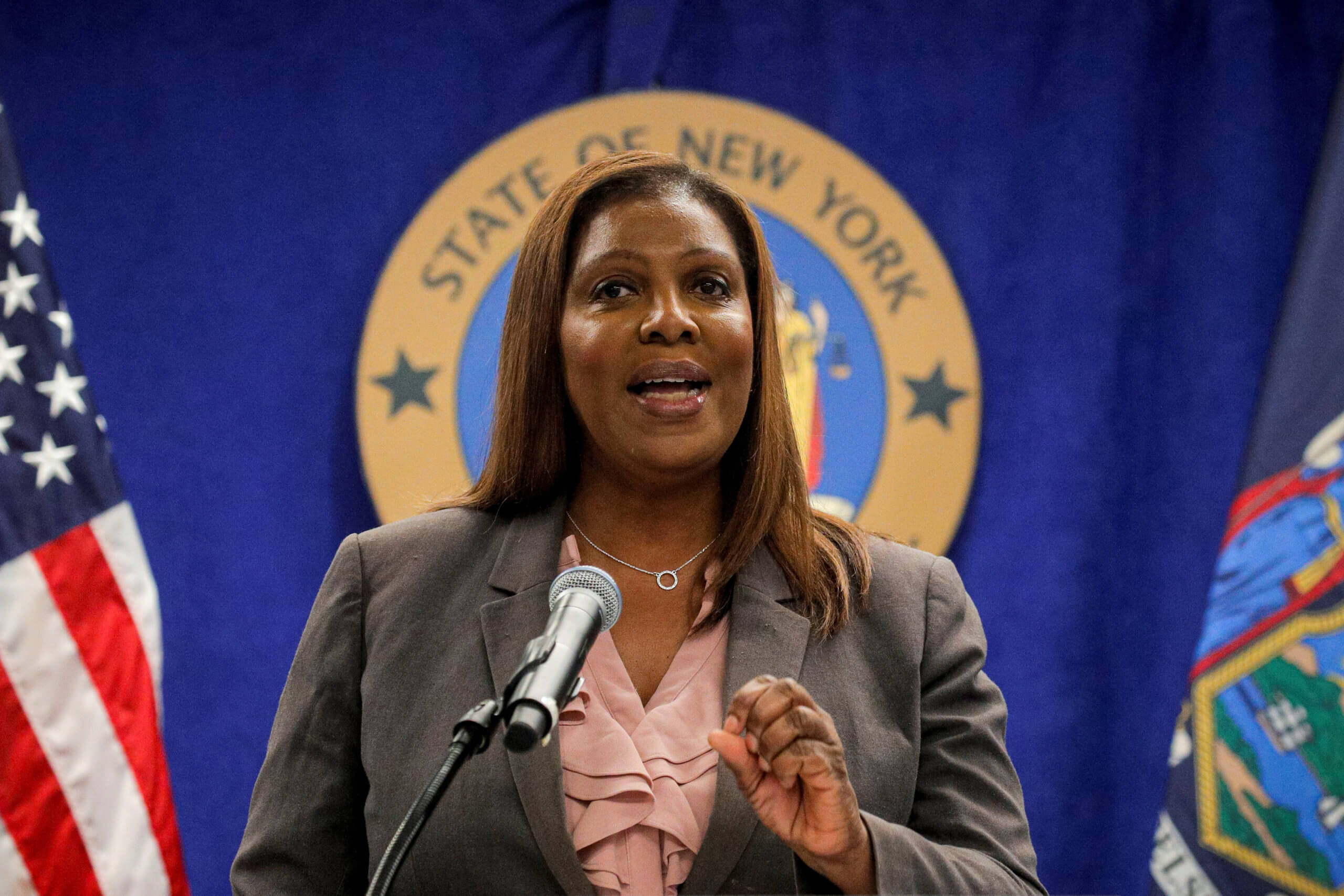

Unsheltered Homelessness Response Pilot Program
Across the City, camps of people without a permanent home are growing. To tackle the many issues that contribute to encampments, the City of Raleigh is launching the Unsheltered Homelessness Response Pilot Program.
On Tuesday, the Raleigh City Council approved the pilot, another piece of the affordable housing puzzle. The program provides a holistic approach to supporting individuals living unsheltered in the City while addressing the root cause of homelessness – lack of affordable housing.
The Pilot Program consists of three key components:
- Direct Housing Assistance: The cornerstone of the Pilot is direct housing assistance for individuals living unsheltered. This includes financial subsidy to help move into permanent housing, along with case management, and access to supportive services. The pilot will allocate $1,900,000 in direct flexible financial assistance to provide monthly subsidies to 40 households living in camps.
- Homelessness Services System Support: Funds will be allocated to enhance support for the broader homelessness services system, including continued funding for homelessness prevention and diversion initiatives, as well as support for local nonprofits.
- Coordinated Community Response: In conjunction with the Pilot, the City will work with local agencies and stakeholders to develop a community-wide unsheltered homelessness response strategy.
Homelessness is a Housing Problem
Homelessness is a housing problem, and the City of Raleigh faces a critical challenge with over 6,000 individuals seeking homelessness support services, as reported by Raleigh Rescue Mission. The 2023 Wake County Point in Time Count revealed that more than 900 individuals experience homelessness in the county on any given night (a 200 percent increase since 2020).
To expand housing options for individuals exiting homelessness, the Pilot will also budget $1,990,000 towards repairing City-owned rental units and other affordable housing options. This investment aims to increase the availability of safe and stable housing for those in need.
The approval of the Unsheltered Homelessness Response Pilot Program underscores the City’s commitment to addressing homelessness. As referenced in an article celebrating Fair Housing Month, Council took a long list of actions this past year in support of fair and affordable housing. This includes funding for three emergency shelter units located at 1100 Athens Drive and the approval of gap funding for Cottages of Idlewild, the City’s first affordable Cottage Court development. An event to provide resources for the unhoused is also planned for June 13 at Moore Square.
This program will continue the City’s work of building a more inclusive and equitable community for all residents.
SDGs, Targets, and Indicators
-
SDG 1: No Poverty
- Target 1.1: By 2030, eradicate extreme poverty for all people everywhere, currently measured as people living on less than $1.25 a day.
- Indicator 1.1.1: Proportion of population below the international poverty line, by sex, age, employment status, and geographical location (urban/rural).
-
SDG 11: Sustainable Cities and Communities
- Target 11.1: By 2030, ensure access for all to adequate, safe and affordable housing and basic services and upgrade slums.
- Indicator 11.1.1: Proportion of urban population living in slums, informal settlements or inadequate housing.
- Indicator 11.1.2: Proportion of population that has convenient access to public transport, by sex, age and persons with disabilities.
Analysis:
The article addresses two Sustainable Development Goals (SDGs) and their corresponding targets:
1. SDG 1: No Poverty
The issue of homelessness highlighted in the article is connected to SDG 1, which aims to eradicate extreme poverty for all people everywhere. The lack of affordable housing is identified as the root cause of homelessness, indicating a link to poverty. The article mentions that over 6,000 individuals in Raleigh seek homelessness support services, emphasizing the need to address poverty-related issues.
2. SDG 11: Sustainable Cities and Communities
The article also addresses SDG 11, which focuses on creating sustainable cities and communities. The Unsheltered Homelessness Response Pilot Program launched by the City of Raleigh aims to provide housing assistance and support services to individuals living unsheltered. This program aligns with Target 11.1, which aims to ensure access for all to adequate, safe, and affordable housing. The article mentions that the program will allocate funds towards repairing City-owned rental units and other affordable housing options, indicating efforts to upgrade housing options for those in need.
The article provides indicators that can be used to measure progress towards the identified targets:
1. Indicator 1.1.1: Proportion of population below the international poverty line
The article mentions that over 6,000 individuals in Raleigh seek homelessness support services, indicating a significant proportion of the population facing poverty-related challenges.
2. Indicator 11.1.1: Proportion of urban population living in slums, informal settlements or inadequate housing
The Unsheltered Homelessness Response Pilot Program aims to address the issue of inadequate housing for individuals living unsheltered. The program’s focus on providing direct housing assistance and repairing City-owned rental units indicates efforts to improve the proportion of the urban population living in inadequate housing.
3. Indicator 11.1.2: Proportion of population that has convenient access to public transport
Although not explicitly mentioned in the article, improving access to public transport can be considered as a relevant indicator under SDG 11. The availability of public transport can contribute to creating sustainable cities and communities by ensuring convenient mobility options for individuals experiencing homelessness.
Table: SDGs, Targets, and Indicators
| SDGs | Targets | Indicators |
|---|---|---|
| SDG 1: No Poverty | Target 1.1: By 2030, eradicate extreme poverty for all people everywhere, currently measured as people living on less than $1.25 a day. | Indicator 1.1.1: Proportion of population below the international poverty line, by sex, age, employment status, and geographical location (urban/rural). |
| SDG 11: Sustainable Cities and Communities | Target 11.1: By 2030, ensure access for all to adequate, safe and affordable housing and basic services and upgrade slums. |
Indicator 11.1.1: Proportion of urban population living in slums, informal settlements or inadequate housing. Indicator 11.1.2: Proportion of population that has convenient access to public transport, by sex, age and persons with disabilities. |
Copyright: Dive into this article, curated with care by SDG Investors Inc. Our advanced AI technology searches through vast amounts of data to spotlight how we are all moving forward with the Sustainable Development Goals. While we own the rights to this content, we invite you to share it to help spread knowledge and spark action on the SDGs.
Fuente: raleighnc.gov

Join us, as fellow seekers of change, on a transformative journey at https://sdgtalks.ai/welcome, where you can become a member and actively contribute to shaping a brighter future.






